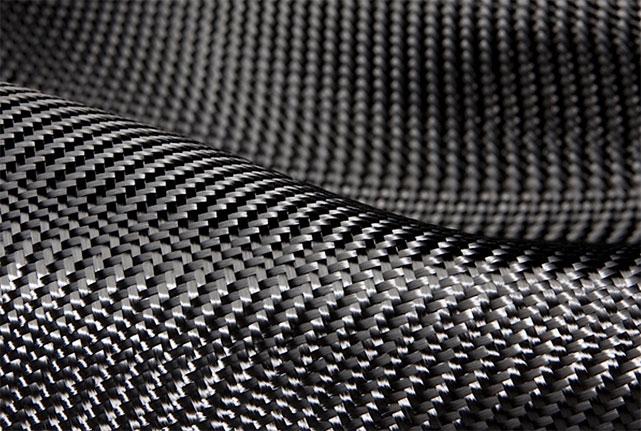
Carbon fibers from plants
Carbon fibers have revolutionized many areas of our lives such as civil engineering, aviation and the military industry. They are five times stronger than steel and yet very light. They are also, unfortunately, relatively expensive. A team of researchers at the National Renewable Energy Laboratory in Colorado has developed a technology to produce carbon fibers from renewable sources. Thanks to this, it is possible to significantly reduce their price and at the same time reduce greenhouse gas emissions.
Carbon fibers are characterized by high rigidity, high mechanical strength and low weight. Due to these properties, they have been used in construction, including for many years. airplanes, sports cars, as well as bicycles and tennis rackets. They are obtained in the process of pyrolysis of polymers of petroleum origin (mainly polyacrylonitrile), which consists in many hours of heating of polymer fibers at temperatures up to 3000 ℃, without oxygen and under high pressure. This completely carbonizes the fiber - nothing is left but carbon. The atoms of this element form an ordered hexagonal structure (similar to graphite or graphene), which is directly responsible for the extraordinary properties of carbon fibers.
The Americans do not plan to change the pyrolysis stage itself. Instead, they want to change the way they make their main raw material, polyacrylonitrile. The synthesis of this polymer requires acrylonitrile, which is currently formed as a result of the processing of crude oil. Colorado scientists are proposing to replace it with organic farm waste. The sugars extracted from such biomass are fermented by selected microorganisms and then their products are converted into acrylonitrile. Production continues as normal.
The use of renewable raw materials in this process will help reduce greenhouse gas emissions into the atmosphere. The availability of polyacrylonitrile in the market will also increase, which will lead to lower prices for carbon fibers based on it. It remains only to wait for the industrial use of this method.
source: popsci.com, photo: upload.wikimedia.org
